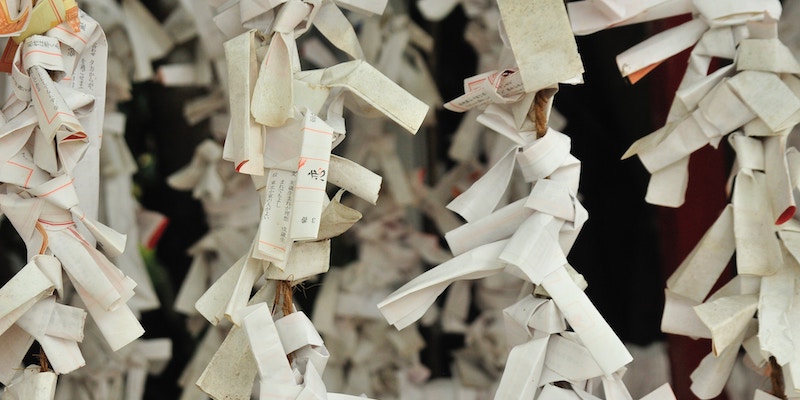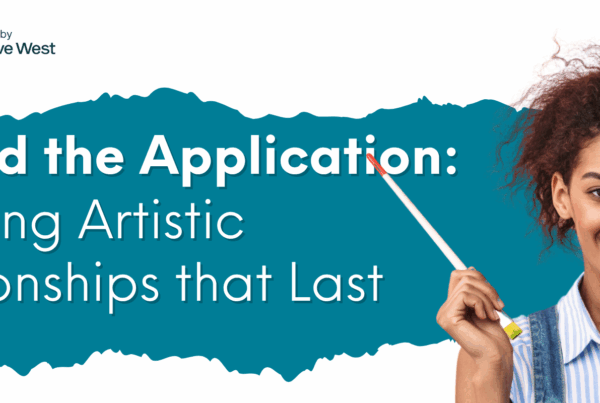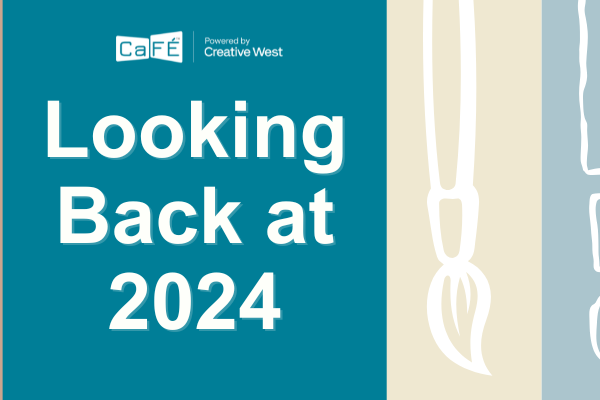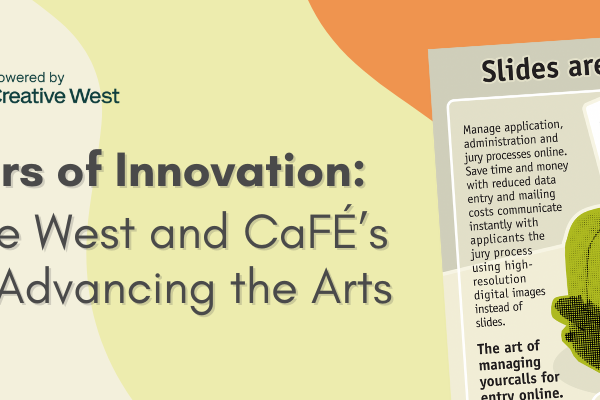
What is a successful public art call? For some entities, it might be a large number of applicants. For others, it could be a smaller group of top-tier candidates. Still another organization may be more focused on finding the best way to collect all of the information, documents, and images. From municipalities to universities, arts organizations, or hospitals, calls for public art comes in all shapes, sizes, materials, and budgets.
Whether you’re seasoned or new to seeking artist applications, keeping the following in mind helps create a call that works for all.
Be clear.
Are there geographic restrictions to the pool of artists where the call is only open to artists from a certain area? Can applicants submit multiple times? Include those guidelines in your eligibility requirements.
Is the budget limited? Is the project perhaps a good fit for an emerging artist? Are there restrictions to the site? Including specifics, such as site description and budget, can help artists self-select into (or out of) applying to calls.
CaFE’s call editor breaks the application into sections and includes editing tools such as making text bold, creating bulleted lists, and indenting paragraphs to make it easy for organizations to include all of the relevant information in a way that’s easy for would-be applicants to read.
Sample Application Form

Use the right tools for the job.
In the public art world, a request for qualifications (RFQ) helps organizations find qualified applicants. This type of call is the most prevalent, as it offers artists the opportunity to submit requested documents, such as their resume and statement of interest, and use images of past works to showcase why they are qualified to create new work for this particular call.
A request for proposals (RFP) asks an artist to propose a work specific to the project’s site or needs; RFPs ask for work from the artist up front, including the kind of proposal materials that finalists are paid to create.
Sample RFQ listing

View the list of Public Art calls on CaFE
Make less work for everyone.
Take the pain out of the process by collecting all the items you need from artists in an easy, effective manner. Calls posted on CaFE can ask artists to supply a resume or CV, letter of interest, references, images, audio, video, and more, all with the click of a button. Customize your call as much as you need to.
Ask for the things you need at the appropriate time. Need proof of insurance from the final group of selected artists? It’s better to ask for specific items on an individual basis and not require all applicants to include unnecessary information or documents. Keep in mind that the CaFE system has built-in communication tools, so you can send notifications to artists and messages to a single artist or group of artists when the time comes to gather additional items.
No matter how you define success, ultimately, no one wants to feel like they’re wasting time. Arts administrators want a pool of qualified applicants (and exposure to a group of existing public artists). Artists want to apply to relevant calls to which they are well-suited and have a higher chance of placement. Administrators want a streamlined, smooth process to make adjudication simple and focus on selecting the exact right artist or artwork for the space.
Success!
Written by Leah M. Charney




